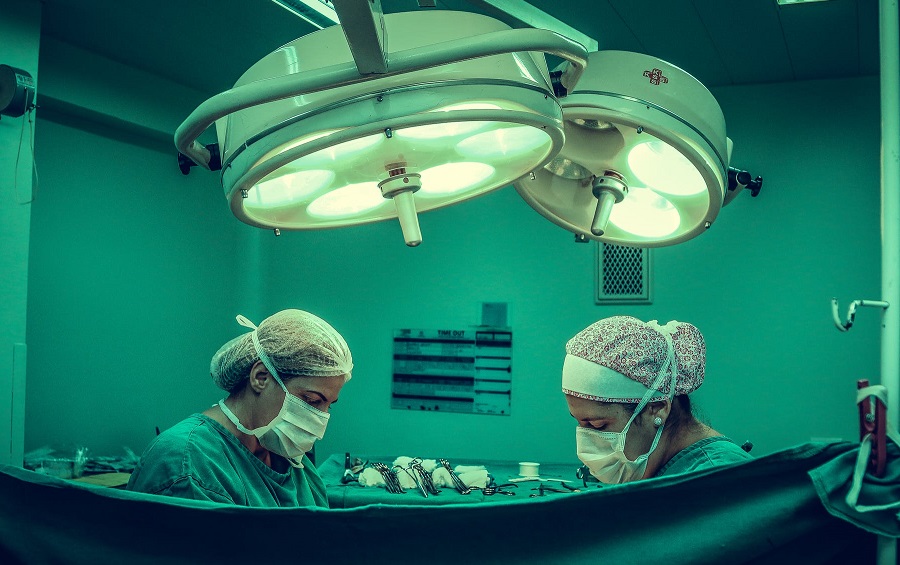
At the stroke of the midnight hour, when the world is grimly awoken with the stark realities of the COVID-19 pandemic, India’s 130 crore people will have made their tryst with a nationwide lockdown that will last for 21-days. How does India’s economic misconduct continue to afflict and fragment society? To answer this, one must take into account the inexorable politicization of economic realities in our country, so much so that the voter is willing to forgo their lack of job situation in the name of a new model of nationalism, widely acknowledged as jingoism. The sluggish Indian economy is a palpable reality. COVID-19, inadvertently so, is perhaps a blessing in disguise for the incumbent political fraternity for their much-needed change in narrative. In a disturbing tale of events, The Print captured the plight of a destitute woman saying (rephrased from Hindi to English) – “Social distancing does not matter to us. We rather die of Corona than die of hunger”. A grim reminder is knocking at our doorstep.
Poor infrastructure or weak institutions?
Let us consider the economy as a black-box. For this, we need to measure the inputs or “stimulus” to reflect on the output or “response” in say, the Gross Domestic Product (or GDP). The demographic advantage of a young workforce (or labour “L”) for a country like India when reaped must contribute a significant percentage to GDP. India’s savings rate (or “K”), at an average of 30%, is considerable too. Technological advancements aid the inputs and improve their efficiency, and thus add to the overall output. For a developing country like ours, clocking 6-7% GDP growth should be an easily achievable target, with or without cyclical disruptions. This is true for a peacetime economy. However, structural snags and the infamous “democratic malaise” hinders our economy on various fronts. Now, let us understand the relevance of a few measures taken by the government to tackle the economy’s highly dismal growth forecasts for the current fiscal year.
For at least 90% of the workforce which is employed in the informal sector, there exist no minimum wages or social safety nets, and relief measures are unlikely to make an impact as the vast majority may not have bank accounts. Even direct cash transfers will provide only as much relief as the supporting infrastructure of healthcare and other essential supplies are made available to the beneficiaries. With the Rs. 1.7 lac crores relief package announced by the Finance Minister meant to provide commensurate relief to farmers, MNREGA, women with Jan Dhan accounts, organized sector workers, etc., comes with challenges on the state capacity and people capacity front. Striking a balance between the two capacities is unprecedented especially in a wartime economy. For example, the additional free of cost distribution of food-grains to almost 80 crore households requires the Public Distribution System (or PDS) to function effectively, but limited state capacity, especially in Bihar and Uttar Pradesh, gives rise to complications in execution. Even raising the wages under MGNREGA will require the state governments to come up with a measure to compensate the daily wage workers through an unemployment allowance for the number of days they stay at home due to the virus outbreak. Only now has the government begun clearing its pending dues under the scheme and the new incremental provision of Rs. 20 may undergo a similar lag. Providing a cover of Rs. 2000 to farmer families, under the existing Rs. 6000 yearly benefit under the Pradhan Mantri Kisan Samman Nidhi scheme through Direct Benefit Transfers (DBT), has no additional financial implication as the first payment under the scheme is anyway due on April the 1st. There is no labour to tend to the Rabi harvest as migrant workers have been prohibited to work in the farms and are forced to walk away, owing to the restriction placed on public transportation, to their villages. Even after the continued assurance of state governments to provide for essential services, available vegetables and food prices have skyrocketed as producers have resorted to “off-market sales”. especially in parts of Gujarat, due to the closure of APMCs. The farm sector woes need to be tackled as it poses a challenge with both the current harvest that stands rotting and the new crop that needs to be sown soon after the lockdown.
The government’s pride – the JAM (Jan Dhan-Aadhar-Mobile) trinity – must be exploited while continuously improving the capacity – both private and public – under its health infrastructure to curtail the spread of COVID-19. Hotspots such as Delhi’s Nizamuddin will continue to erupt as asymmetrical information regarding the virus persists. The poor in this case will be the most prone under such a market failure.
By now, it is well established that we have become an attractive target for an active pathogen. Imagine a situation of self-sufficiency, where you don’t have to depend on publicly distributed food, water, and even electricity, thus keeping you safe and uninfected in an otherwise comparable specialized economy which depends on others wherewithal to perform effectively. If the crisis persists and the curves – the number of people contracting the virus and the cost to economies – do not flatten, we will continue to restrict the steady flow of people, goods, and money, moving towards national level self-sufficiency.
Tanya Rana is a student at Anil Surendra Modi School of Commerce, NMIMS, Mumbai. Previously she has worked with Bill and Melinda Gates Foundation and Observer Research Foundation and was a delegate to Harvard US-India Initiative Conference 2020.